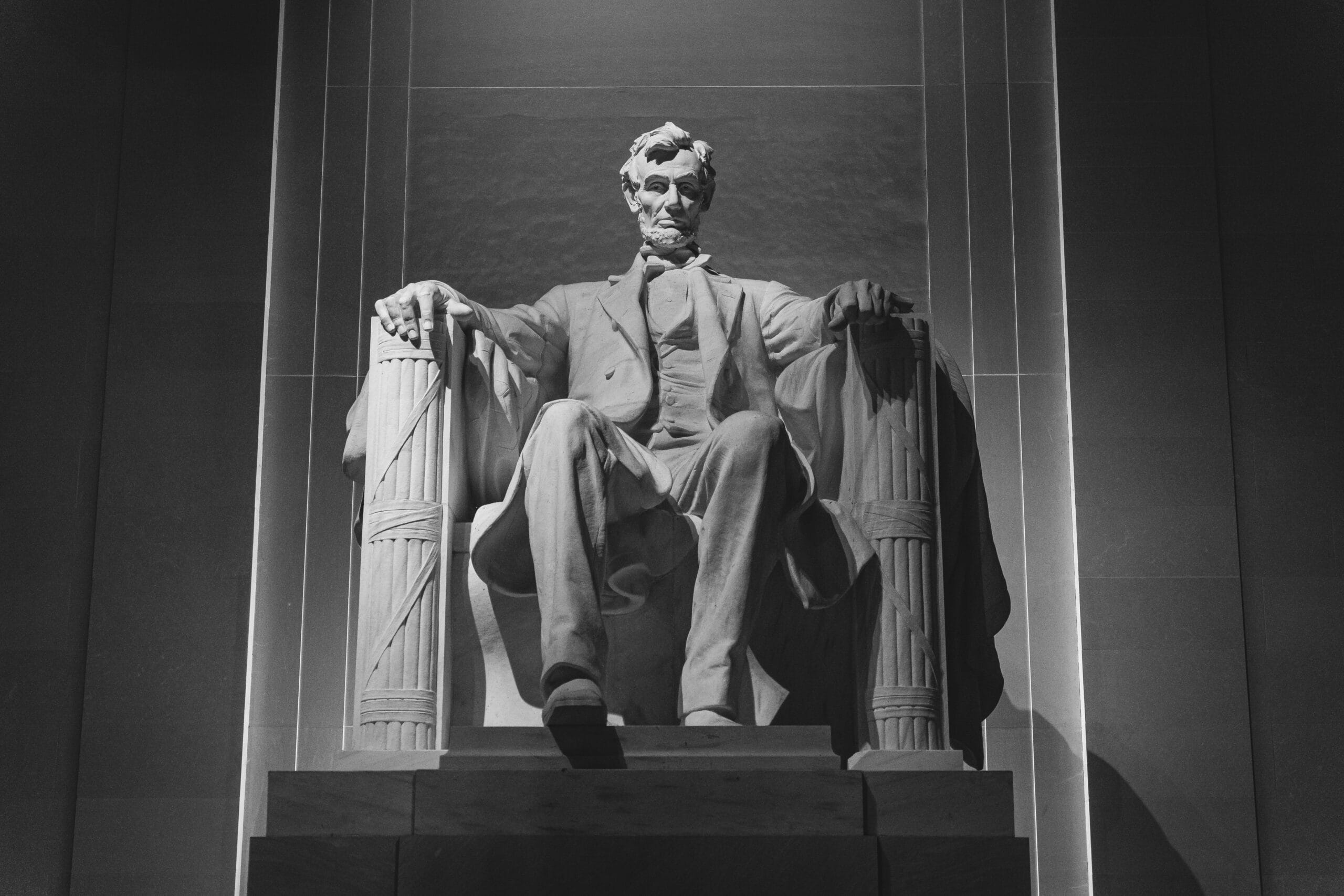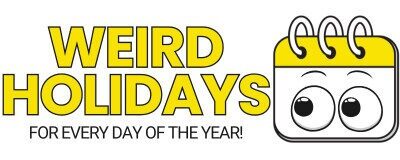National Freedom Day (February 1)

National Freedom Day, celebrated on February 1, marks the anniversary of the signing of the 13th Amendment, which abolished slavery in the United States.
This holiday honors the struggle for equality and freedom, emphasizing unity and reflection on progress made since 1865.
Dive into the story behind this meaningful day, discover fascinating facts, and find inspiration for celebrating.
This is such an important unusual holiday in February.
When is the Holiday?
It is observed every year on February 1, commemorating the signing of the 13th Amendment to the United States Constitution in 1865.
Who Invented It?
Major Richard Robert Wright, Sr., a former slave and advocate for civil rights, envisioned National Freedom Day as a day to honor the end of slavery and promote unity across the nation.
In 1941, he founded the National Freedom Day Association to campaign for its official recognition.
Though he passed away in 1947, his efforts paid off when President Harry Truman signed a bill in 1948 officially recognizing February 1 as National Freedom Day.
Wright’s legacy lives on through this day of remembrance and reflection.
The History of the Holiday
The roots of National Freedom Day trace back to February 1, 1865, when Abraham Lincoln signed the 13th Amendment, abolishing slavery in the U.S. Major Wright’s efforts in the 1940s led to wider recognition of the day, culminating in its designation as an official holiday in 1948 by President Truman.
The holiday was first celebrated on a large scale in 1942 in Philadelphia. While it remains less widely known than other commemorative days, it holds a profound place in American history, highlighting the enduring fight for equality and justice.
Top 5 Facts About National Freedom Day
- Commemorates the 13th Amendment’s Signing
February 1, 1865, marks the day President Abraham Lincoln signed the resolution to abolish slavery in the United States. This monumental step shaped the nation’s path toward equality. - Major Richard Wright’s Vision
Major Richard Robert Wright, Sr., a former slave and civil rights advocate, envisioned a day dedicated to celebrating freedom and unity. His efforts led to its official recognition in 1948. - The Liberty Bell’s Role
In Philadelphia, the Liberty Bell serves as a key symbol during commemorations. Its message of liberty resonates with the values celebrated on this day. - A Time for Reflection and Action
The observance goes beyond marking the end of slavery, encouraging reflection on civil rights progress and the ongoing pursuit of justice. - Influence on Civil Rights Advocacy
The ideas behind this observance helped inspire milestones in the Civil Rights Movement, strengthening the call for equality and justice across the nation.
Activities to Celebrate
- Host a discussion or lesson about the history and significance of the 13th Amendment.
- Visit museums or historical sites related to slavery and civil rights.
- Organize a community event promoting unity and reflection.
- Create art, essays, or projects inspired by themes of freedom and equality.
- Share the history of National Freedom Day on social media to raise awareness.
**This post may contain affiliate links. As an Amazon Associate and a participant in other affiliate programs, I earn a commission on qualifying purchases.**
Links to Resources
- Try this Juneteenth color by number sheet for a creative activity that celebrates the journey to freedom and justice.
- Kids will enjoy this book On Freedom Day.
- National Archives: The 13th Amendment.
- Library of Congress: Civil Rights History.
Pin it!
Share this post about freedom from slavery on Pinterest!

